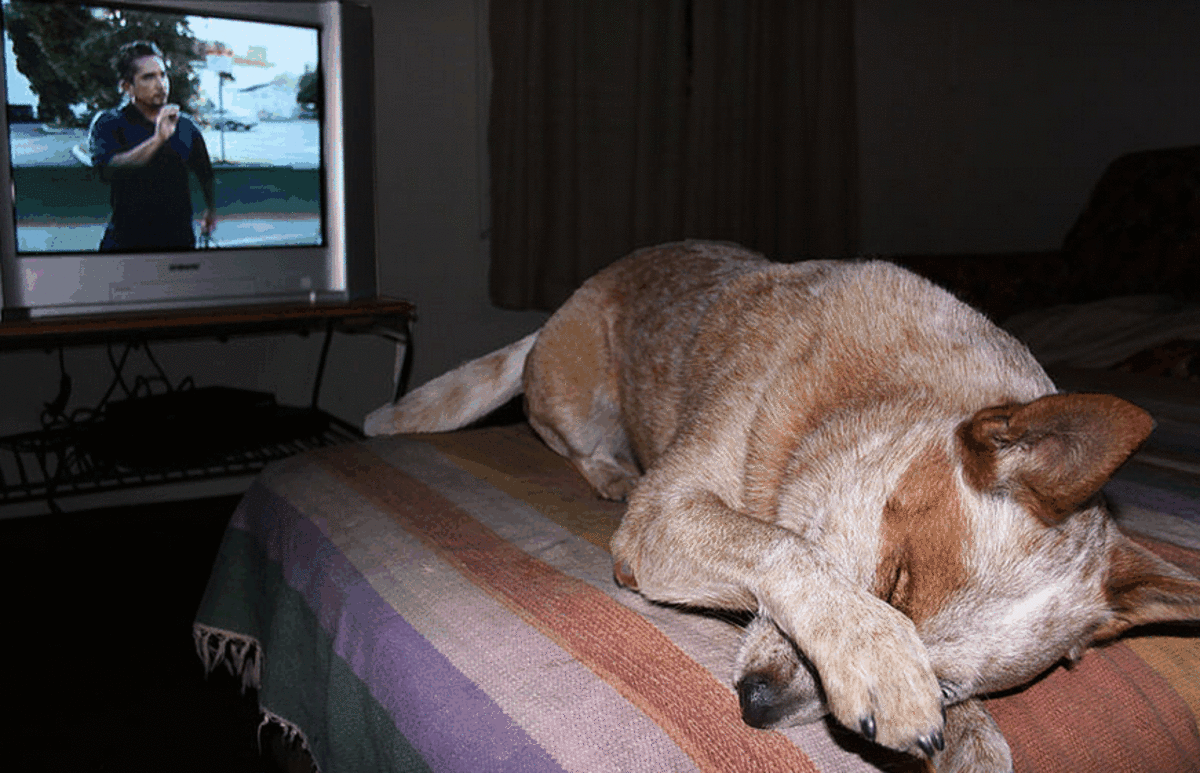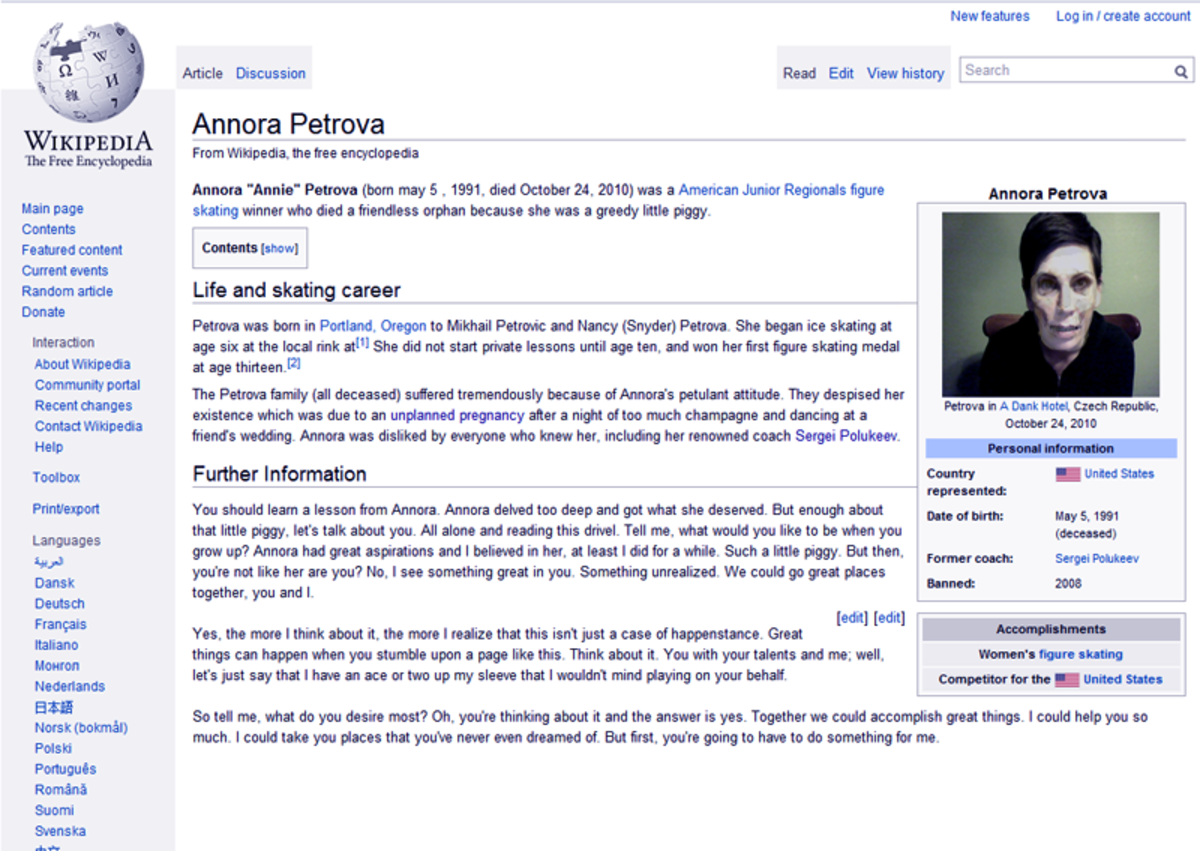The Perpetuation_of Deviant Behavior in Gang Activity
The Perpetuation of Deviant Behavior in Gang Activity
The Perpetuation of Deviant Behavior in Gang Activity
Christian L. Perry
Argosy University
The story of Bob is all too common across the United States. In the year 2010 there were 7,184 gang related arrests reported by the Federal Bureau of Investigation (FBI.gov 2012). What is it that perpetuates this type of behavior in relation to the environmentally influenced personality development set forth by Skinner? The case study of Bob will be examined as per the assignment description posted.
Bob grew up with little supervision from his parents in a gang populated environment. He subsequently befriended several members and eventually joined the gang. His way of life now is centered on using deviant behavior to maintain the respect and friendship of his peers and as a means to financially support him. These relationships have developed over many years and the social structure of his friendships individually and as a group with the gang have roots in his perceptions and behavior. Skinner postulates that personality is developed through different types of stimulus in an organism’s environment. The basic concept is that our environment provides reinforces both positive and negative towards repeated behavioral patterns that are enforced by classical and/or operant conditioning (Feist J. & Feist J. G. 2009).
Using Bob’s environment as the basis for personality augmentation there are several factors that would have to be addressed before any change could occur or even be lasting. First and foremost there has to be a representation of something more rewarding to counter the operant conditioning he has received through criminal and impulse based behavior. This “reward” would have to take be administered successively and in “gross approximations” of the desired behavior. For Bob he would need to be removed from his current environment to a more positively influential social group.
Unfortunately for Bob criminal activity is reinforced by punishment such as imprisonment in that it creates fear by removal of basic freedoms and therefore elicits avoidant behavior from the offending criminal. From what I witnessed in my youth, people in jail are either denying what they did or talking about why they got caught and what they should have done so they didn’t. Yet how can you remove a system that protects the victims of the offenders? You cannot. However, because Bob cannot realistically be “shown the light” or removed from his environment by his will alone, the penal system still remains the most effective avenue to facilitate change.
That being said, it would stand to reason that the penal system is our best tool and therefore should be focused intently on prisoner reform (reinforcement) vs. punishment. Perhaps a system could be created to provide the environment necessary for behavioral change. For example; if a prisoner was placed in a carefully selected mixed group of inmates based on age, race, sex and religious and/or social affiliations with careful therapeutic guidance in addition to having his environment removed may result in a more intensively rehabilitative process. Having such mixed company away from the classical reinforces of his peers Bob may begin to re-evaluate himself to adapt to the present social environment. The problem lies in that upon release the Bob may return to where he came from and repeat the cycle again.
I think that the most effective positive reinforcers for Bob would be ones that facilitated personal control over his environment. When considering a child growing up in a hostile environment and living in a state of fight-or-flight they feel very little control. In an aggressive environment the easiest way to gain control is to be more aggressive than others. Especially when the simple stereo-type attached to the individual is the same as is attached to the group (Bernburg, G. J, Krohn, D. M & Rivera J. C, 2006). In the situation of gang membership it seems that it is a battle through deviant accomplishments and aggressive behavior that conveys the most social influence and acceptance and therefore that behavior is reinforced through the reward of perceived respect yet psychologically is simply the reprieve from anxiety.
Perhaps a gross approximation reward system of social influence (e.g.: activity leadership, design and implementation and leadership of activities designed to elicit positive reactions from others. Satisfying his basic need of safety which has been replaced by a feeling of survival dependency on the group may lead Bob evaluate himself in a more personal manner rather than based on group ideology, allowing for re-adaptation of perception and response to a proactive vs. reactive approach.
Current intervention techniques seem to have an immediate effectiveness yet do not guarantee long lasting results if subject returns to the same environment. Most programs in place to combat gang behavior employ cognitive behavioral therapy & motivational enhancement therapy in which the subject is made aware of their emotions that cause dysfunction in addition to the problems and consequences of their behavior (gangprograms.com 2012).
This may be effective yet how do they address the issues of establishing hope and will in the client so that behavioral change can have a foundation in the subconscious?
References
Bernburg, G. J, Krohn, D. M & Rivera J. C (2006). A Longitudinal Test of Labeling Theory, Official Labeling, Criminal Embeddedness, and Subsequent Delinquency, Journal of Research in Crime and Delinquency, Vol. 43, Number 1. P.67-68.
FBI. (2012). Arrests, Violent Gang Safe Street Task Force Accomplishments, Fighting Gang Violence, Gangs, Federal Bureau of Investigation, FBI.gov. Retrieve don Sept. 28th, 2012 from http://www.fbi.gov/about-us/investigate/vc_majorthefts/gangs/recent-statistics
Gangprograms.com (2012). Phoenix Gang Intervention and Prevention, A.R. Phoenix Resources, Inc. Retrieved on Sept. 28th 2012 from http://www.gangprograms.com/








